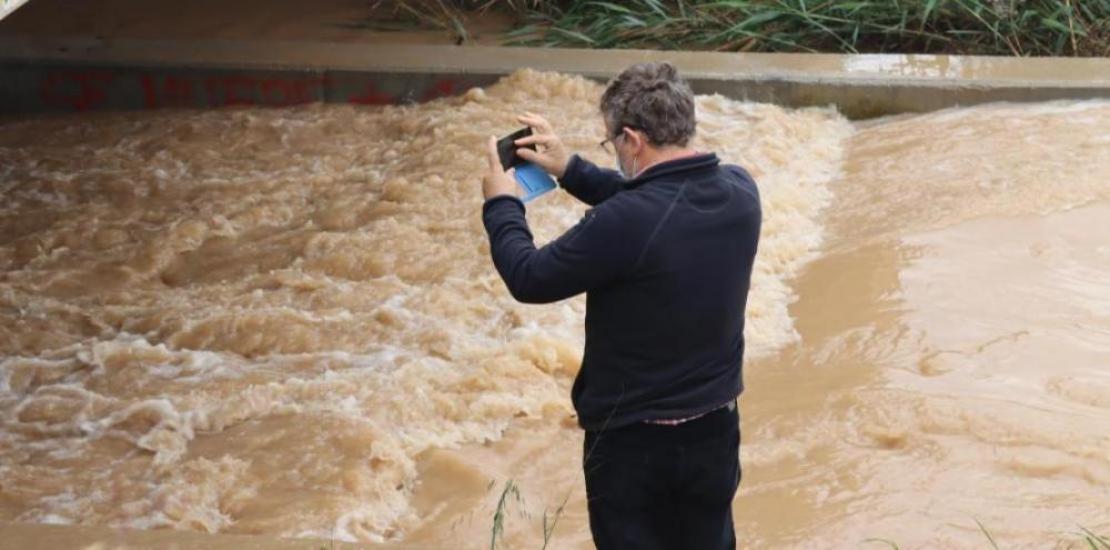A mobile application for citizens will help to monitor the Mar Menor
This is an initiative of Smartlagoon, a European H2020 project led by UCAM, in which the Swiss company Photrack is a partner. Its researchers have analysed the Discharge APP with representatives of the Confederación Hidrográfica del Segura and the General Directorate of the Mar Menor
Citizens can now contribute to the creation of the digital twin of the Mar Menor being developed by the European Commission-funded Smartlagoon research to facilitate its protection. Through the collaborative application Discharge APP, they will incorporate photographs and videos of any of their drainage basins, which will allow them to obtain real-time data on these flow rates.
This information will allow the algorithm to create the digital twin of the salt lagoon, with the objective to permanently and scientifically test numerous ecological parameters and determine their causes. All the information, technology and applications generated by this study will be transferred to public administrations so that they can take the most accurate and effective measures for its protection.
Researchers from the Universidad Católica of Murcia and Photrack have held a work meeting with technicians from the Confederación Hidrográfica del Segura and the General Directorate of the Mar Menor in which they have analysed the characteristics and verified the usefulness of this free application, patented in Switzerland, which uses non-intrusive technology and is available on Android devices.
New cameras to provide information
As a result of the last work meeting between the Universidad Católica and the Swiss company, two new cameras have been installed along the coastline of the Region. One of them has been set up in the Rambla (dry riverbed) de Mendoza and the other in the Rambla del Albujón, in addition to the one installed last October in the municipality of Fuente Álamo. The next step in obtaining the information needed to develop the planned digital twin will be the launch of a data collection buoy in the Mar Menor.




